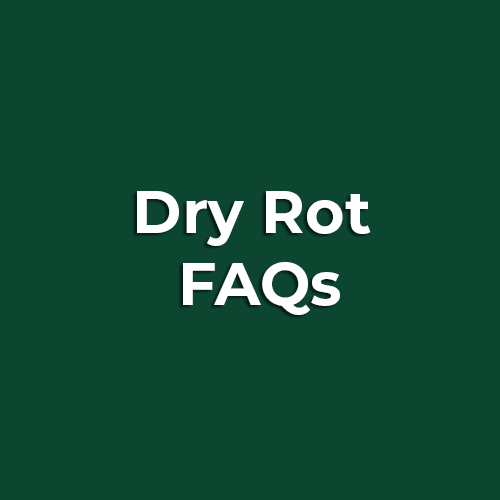What does dry rot look like?
The wood shrinks, darkens and cracks. A silky grey/lilac/yellow skin forms in less humid conditions whereas a white fluffy “cotton wool” mycelium develops in more humid conditions. Any active decays create a musty “damp” smell – this is sometimes what raises alarm within a property resulting in a survey.
Serpula lacrymans develops extensively on the surface of infected timber and in still, humid conditions produce a mass of cotton wool-like growth. Water droplets are often produced on the surface of the mycelium.
Mycelium spreads over the timber surface by the continued growth and branching of the delicate hyphal threads growing with time. Specialised strands develop within the mycelium and these supply water and nutrients to the growing fruiting bodies. The strands assume their real significance when the fungus spreads from infected timber onto the surface of adjacent stone or brick walls.

